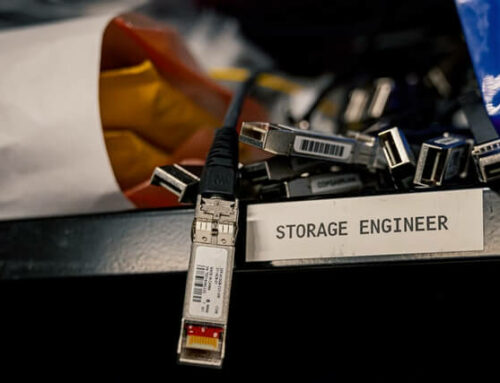Wireless assessments take time, use up resources, and can be disruptive to your workflow. So, when you conduct your next assessment, you’ll want to do it right the first time. The better you know what you need on the front end, the better your results will be.
Redundant attempts cost money. So, here’s what you need to know before you begin the wireless assessment process so that you get it right the first time.
What Are Your Company Goals?
Often these Wi-Fi initiatives stem from your company’s C-suite, so you will need to talk with your team and stakeholders to determine:
- What are the current needs that sparked a survey discussion?
- What are the SLAs and client-requirements? (i.e., Is this a nicety or a necessity?)
- What type of access do you want for clients?
- What workloads do you need to support with wireless infrastructure?
- What do you gain by bringing the networks up to the newest standards? (Is it worth it?)
- What areas of wireless device growth do you foresee within 5 years?
Another way to determine some of your company’s wireless pain points in the wireless assessment process is to review your internal Help Desk complaints record. If you consistently see phrases like “dead zone,” “slow,” “can’t connect,” and “dropped connections,” you can extrapolate what you need to address during the wireless assessment.
Time Frame Considerations
Find out when your organization last conducted a last wireless assessment (if any analysis has been run at all). This enables you to compare your past and current networks to your projected environments after improvements and augmentations have completed.
A wireless assessment report log gives you trackable, historical data on your performance issues and solution success, ultimately helping you make your future analyses more efficient. This is also an ideal time to create a standardized wireless assessment process schedule, whether it be quarterly, bi-annual, or annual.
Scaling to Demand
To scale appropriately you need to know what devices the network will support. Start by asking:
- How much user growth has your company seen in recent months?
- Is this consistent or anomalous?
- How many devices are there per person on average?
- Will end-users operate under BYOD?
- What IoT devices do you support (or plan to support)?
- How much bandwidth does each device require?
You also need to determine what you plan to provide to your end-users (e.g., corporate SSID vs. guest SSID). If you are offering guest services, you will need to build controls into your infrastructure to be able to handle the load and to mitigate security risks. For corporate environments, you also need to know how much bandwidth each application requires to prioritize ERP and other business-critical productivity applications.
Securing Your Environments
Most companies want their wireless networks secured, no matter what kind of data they are storing. Most wireless security piggy-backs on centralized authentication servers—whether it be AD, LDAP, or another single-sign-on solution—to determine who should have access to what types of information.
Find out what security infrastructure is in use to determine if the current settings and protocols follow security best practices for existing and future environments.
To do this, answer the following:
- How do you authenticate users now?
- Is that working for you?
- Should guests receive different access than employees?
- Will different types of employee users (IT vs. accounting) need different rights and access levels?
- How will you enforce these restrictions?
Goals, Gaps, and Growth
By establishing your near and mid-term goals upfront, you set the appropriate parameters for your wireless assessment. Once you have a comprehensive understanding of your current and future wireless needs, a proper wireless assessment will provide a gap analysis between your needs and your current infrastructure. Then, using the gap analysis, you can establish a customized remediation plan to close the gap and support your future growth.
Conducting the Wireless Assessment
Before you get started with your next wireless assessment, ask yourself: Do we have the expertise available internally for this project? Wireless, like any other technology, is moving forward at a tremendous rate. Does your team have the bandwidth available to research all of your available options to present the best fit?
Many organizations don’t have an internal team that has both the expertise and the bandwidth for a large-scale wireless assessment project. There are free products available for wireless surveys and planning, but those tools are often lacking in complexity and reliability.
When you’re looking for a partner to conduct a wireless assessment, architect a network design, evaluate wireless vendors or install and deploy your solution, the expert consultants at ADAPTURE are here to help.
With a wealth of experience and intellectual capital, combined with the collective expertise of our hand-selected network of partners, ADAPTURE is your trusted IT advisor. We are here to guide you in the development of your organization’s technology goals and the deployment of industry-leading solutions to help you reach them.












